Dinner tables of the past were intricate social minefields laden with more rules than a military training manual. Each fork, knife, and napkin placement was a potential opportunity for social embarrassment or elevation. These elaborate etiquette guidelines were once considered absolutely essential for anyone hoping to be considered refined and well-bred.
1. The Elaborate Soup Spoon Ballet

Eating soup was once a performance art that required more precision than brain surgery. Proper etiquette demanded that diners always spoon soup away from themselves, never toward their body, creating an awkward reaching motion that defied basic physical comfort. Slurping was considered an absolute cardinal sin, even if the soup was scalding hot. Food Republic also writes that there are ideal ways of properly scooping up and eating soup itself.
Soup bowls came with complex instructions about how to navigate their contents without making a sound or mess. Diners were expected to tilt the bowl away from them to capture the last drops, all while maintaining perfect posture and minimal movement. The entire soup-eating process was essentially a choreographed dance of utensil control and personal restraint.
2. Napkin Placement as Social Signaling
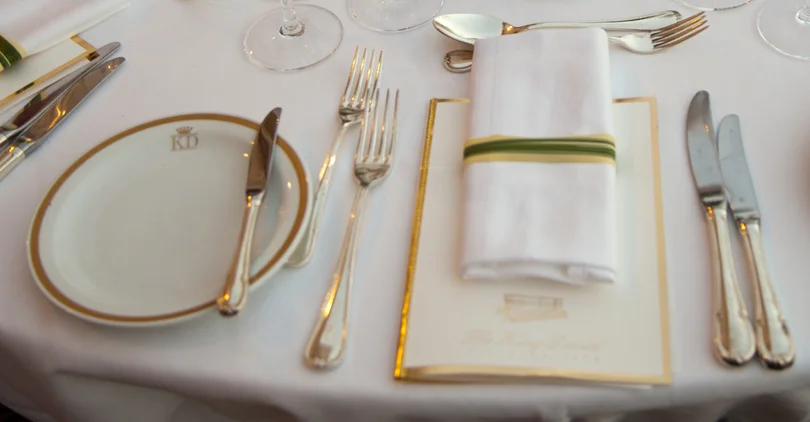
Napkin placement was a complex communication system that rivaled modern-day texting in its nuanced messaging. Placing your napkin to the left of your plate meant you were temporarily excusing yourself, while a specific fold indicated you had finished your meal completely. Dropping your napkin on the floor was a social faux pas that could potentially ruin your entire evening’s reputation. Etiquette Scholar writes that there is a language to the way a napkin is draped too, such as hiding any dirty parts.
The material, size, and folding of napkins were scrutinized with the intensity of a forensic investigation. White linen napkins were mandatory for formal dinners, with intricate folding techniques that required almost architectural skill. A poorly managed napkin could signal everything from your social class to your level of education.
3. The Silent Bread Ritual
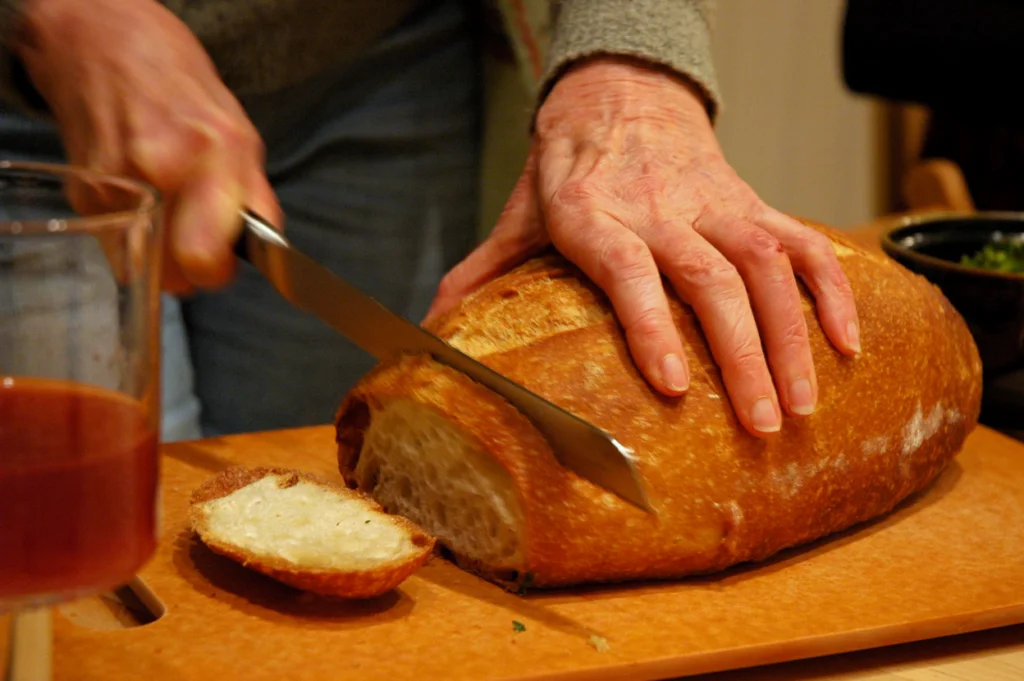
Bread was not simply eaten but approached with a ritualistic set of unspoken rules that would bewilder modern diners. Proper etiquette required breaking bread into small, bite-sized pieces rather than cutting it with a knife, which was considered gauche and unsophisticated. Each piece was to be buttered individually on your plate, never directly over the communal bread basket. Southern Lady Magazine also emphasizes the importance of taking the bread from the service plate to handle all additional tasks.
Holding bread between your fingers while buttering was considered supremely uncouth, requiring a delicate ballet of plate navigation. Diners were expected to use their bread plate with the precision of a surgeon, ensuring no crumbs escaped their designated area. The entire bread-eating process was less about nourishment and more about demonstrating social refinement.
4. Utensil Choreography of Cosmic Complexity

Formal dinner place settings often included up to 12 different utensils, each with a hyper-specific purpose that changed depending on the course. Guests were expected to know exactly which fork to use for fish, which spoon was for dessert, and how to navigate this metallic maze without causing embarrassment. Using the wrong utensil was tantamount to social suicide.
The order of utensil usage followed a strict outside-in progression, meaning the outermost utensils were used first for earlier courses. Guests who weren’t familiar with these rules often felt like they were solving an intricate puzzle while trying to maintain conversation. Watching a truly refined diner navigate a formal place setting was like observing a precise mathematical equation in motion.
5. The Absolute Prohibition of Elbows

Elbows on the dining table were considered a crime against civility that could potentially result in social exile. Parents would rap their children’s elbows with rulers or deliver sharp verbal reprimands if even a millimeter of elbow touched the table’s surface. This rule applied regardless of the table’s size, formality, or current activity.
The reasoning behind this rule was never entirely clear, seeming to exist purely as a test of human discipline and posture. Children were trained from an early age to sit ramrod straight, with arms carefully positioned away from the table’s surface. The elbow rule transformed dining from a casual meal into a performance of personal control.
6. Finger Bowl Finesse

Finger bowls represented the pinnacle of dining performative art, requiring more skill than most professional dancers. These small bowls of water were intended to cleanse fingers between courses, but using them incorrectly could reveal one’s social inexperience instantly. Guests were expected to delicately dip and dry their fingers without splashing or making any unnecessary noise.
The water in finger bowls was often subtly scented with lemon or rose petals, adding an extra layer of complexity to their usage. Proper technique involved gently dipping fingertips and then using a provided napkin to dry them with minimal movement. Mishandling a finger bowl could expose one’s lack of formal training faster than any other dining ritual.
7. The Strategic Conversation Management
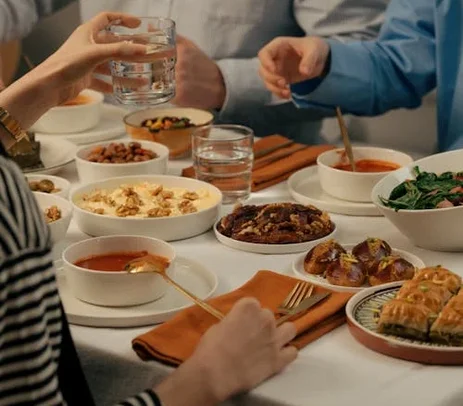
Dinner conversations were carefully orchestrated events with more rules than a diplomatic summit. Topics were meticulously curated to avoid anything remotely controversial, personal, or potentially uncomfortable. Guests were expected to maintain light, pleasant dialogue that never delved too deeply into any subject.
Small talk was elevated to an art form, with participants expected to be simultaneously engaging and utterly non-offensive. Personal questions were strictly forbidden, and any hint of genuine emotion was to be immediately suppressed. The goal was to create a veneer of pleasant interaction that revealed absolutely nothing substantive.
8. Precise Eating Pace Synchronization
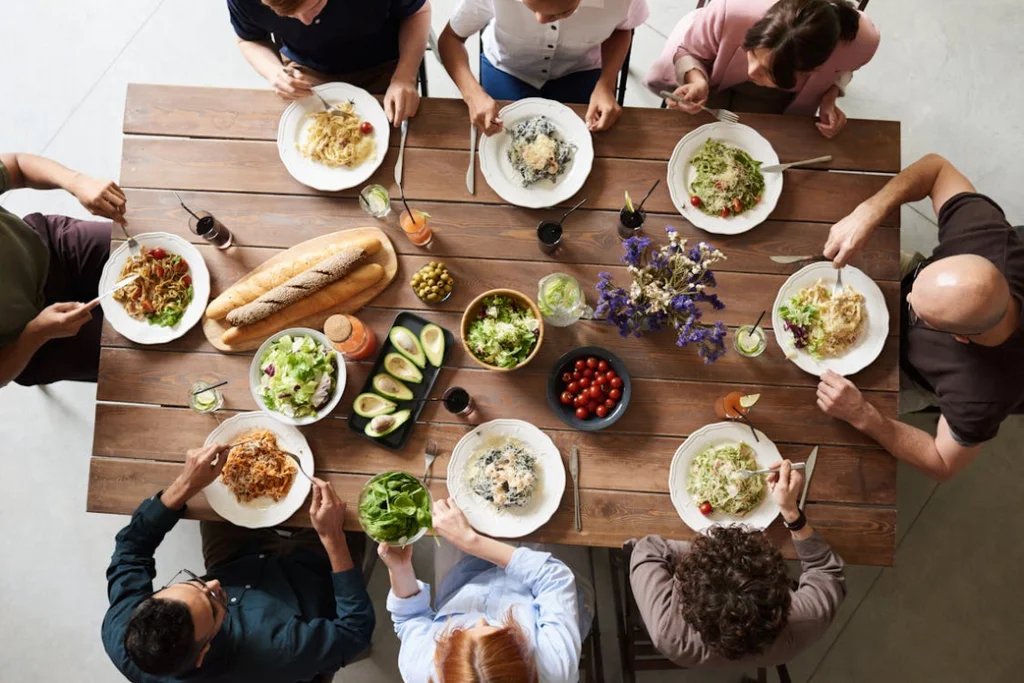
Diners were expected to eat at a precisely synchronized pace, ensuring no one finished significantly before or after the others. This created a bizarre dining experience where everyone moved their utensils with the choreographed precision of a military drill. Eating too quickly was considered gauche, while eating too slowly was viewed as equally problematic.
The host typically set the pace, and other guests were expected to match their rhythm without obvious effort. This required constant peripheral observation and subtle adjustments to one’s eating speed. The entire process turned dining into a complex social dance of unspoken cues and minimal movements.
9. The Intricate Tea Ceremony Rules

Tea drinking was not a casual activity but a complex ritual with more rules than most legal contracts. The angle of the teacup, the way one held the handle, and the direction of stirring were all subject to strict scrutiny. Even the smallest deviation could mark someone as uncultured or poorly raised.
Proper tea etiquette involved never clinking the spoon against the cup, stirring without touching the sides, and holding the cup with a specific finger placement. The sound of tea being prepared was supposed to be nearly silent, with movements so precise they were almost imperceptible. Tea became less about refreshment and more about demonstrating social sophistication.
10. Absolute Silence During Service
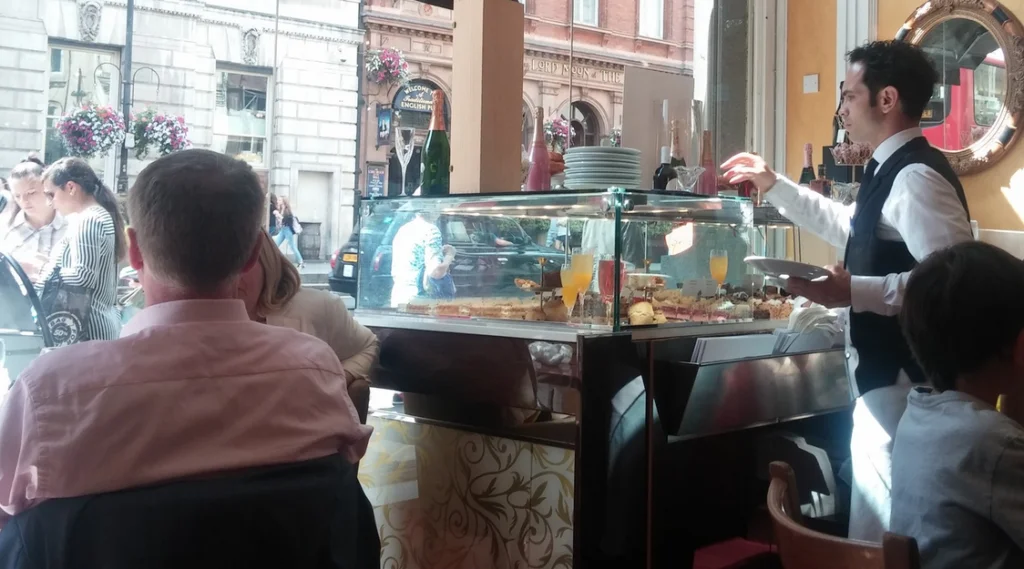
Waitstaff were to be treated as invisible entities, with diners expected to maintain conversation and composure regardless of their presence. Acknowledging service personnel directly was considered incredibly rude, creating a bizarre social dynamic where humans were expected to function like sophisticated automatons. Dishes could be placed, removed, and replaced with zero verbal interaction.
This rule created a surreal dining experience where professional servers moved like ghosts around the table. Guests were trained to continue conversations seamlessly, acting as though no interruption had occurred. The entire process was a performance of social hierarchy and manufactured indifference.
11. Precise Glove Removal Protocol

Wearing gloves at the dinner table came with an entire manual of removal and placement guidelines. Formal gloves were to be delicately removed using specific techniques, never placed on the table, and managed with surgical precision. The process of preparing to eat was itself a performance of social grace.
Women were expected to remove gloves in a manner that revealed nothing more than extreme refinement and practiced elegance. The gloves themselves were often more expensive than the entire meal, representing a complex symbol of social status. Mishandling one’s gloves could reveal more about one’s background than any verbal conversation.
12. The Mystifying Cheese Course Navigation
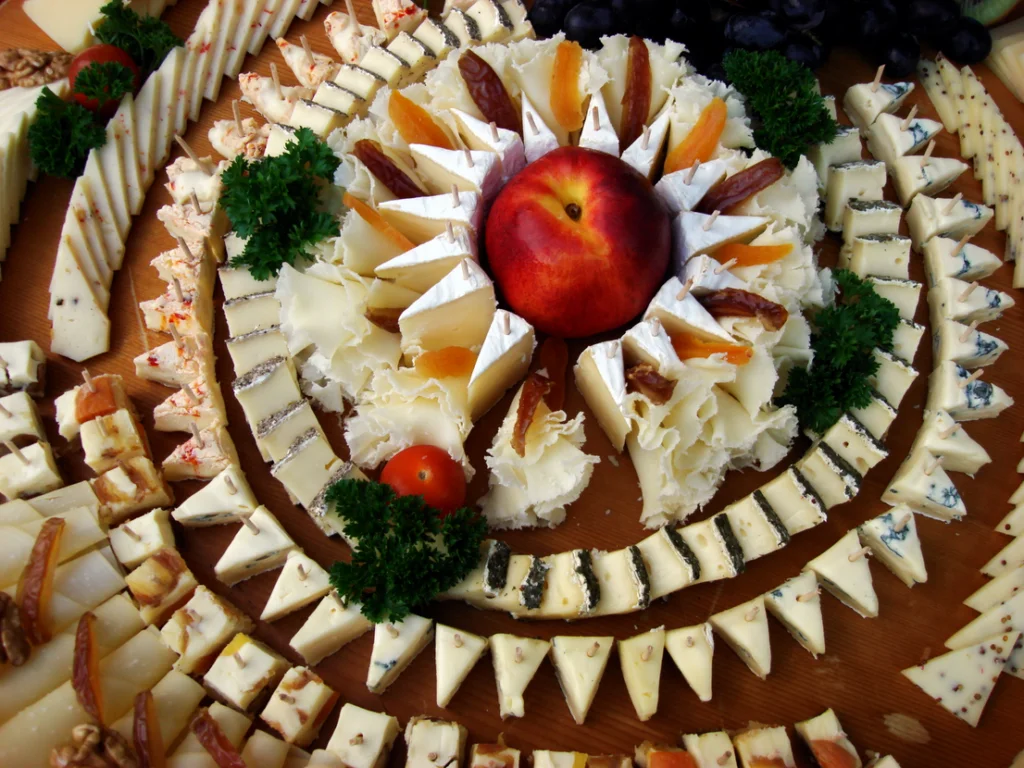
Cheese was not simply eaten but approached with a complex set of unspoken rules that varied by region and social class. Specific knives existed for different cheese types, with elaborate instructions about cutting angles and portion sizes. Choosing the wrong knife or cutting cheese incorrectly could mark one as hopelessly uncultured.
The direction of cheese cutting, the amount placed on one’s plate, and the accompaniments were all carefully regulated. Cheese was less a food and more a complex social language that required years of training to navigate successfully. A truly refined diner could communicate entire social histories through their cheese course performance.
Our journey through these forgotten rules reveals how dramatically social expectations have transformed. What once seemed essential now appears comically complex, highlighting how much more relaxed and genuine our current dining experiences have become. These elaborate rituals remind us that etiquette is always a reflection of the social structures and expectations of its time.


